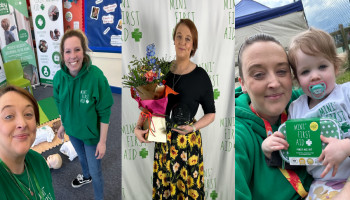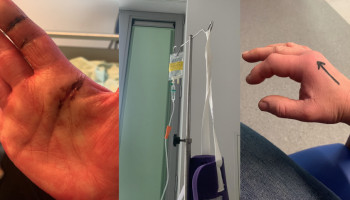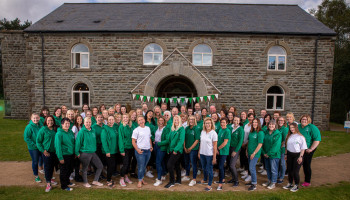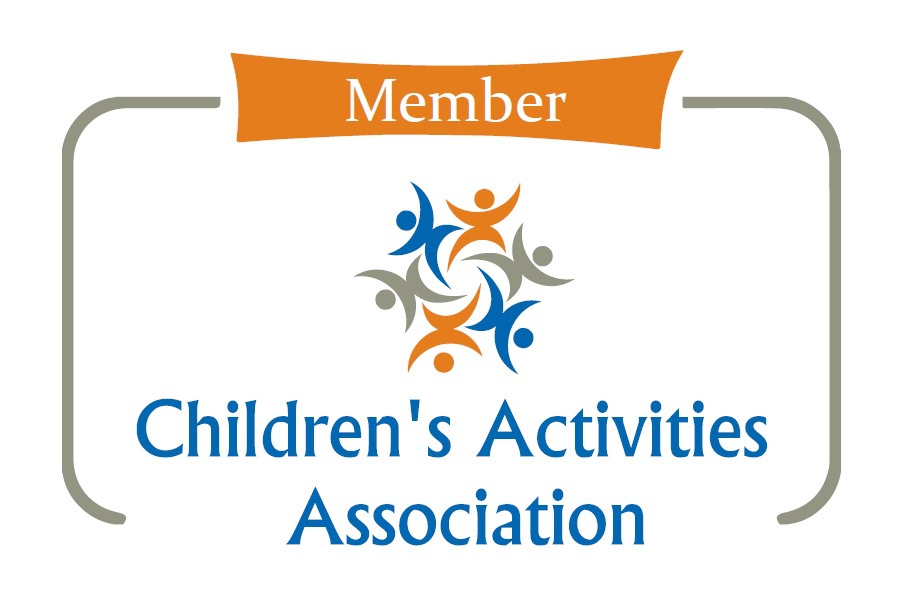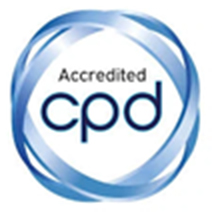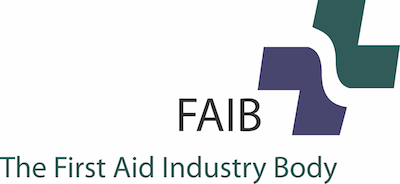Infants and children are constantly at risk of injury and illness due to their built-in demand to explore the environment around them. It is a human characteristic to push the boundaries of what we can do.
There is no doubt that parents and carers of young children often find themselves in situations where some first aid knowledge could make a crucial difference.
The Royal Society for the Prevention of Accidents (RoSPA) state that more than 2 million children under the age of 15 are taken to Accident & Emergency departments across the UK every year as a result of an accidental injury sustained around the home environment. Many more are treated by their GP, parent or carer.
More than 76,000 children under the age of 14 are admitted for longer treatment and more than 40% of these children are under the age of 5.
It is of course very difficult to keep a toddler safe all the time. However, we can all take some small steps to reduce the risk of accidents happening in the first place and preparing ourselves in case it does happen.
Where do most accidents happen?
The largest number of accidents happen in the living/dining room areas of the house. The most serious happen either in the kitchen or on the stairs.
How do children get hurt?
According to the Child Accident Prevention Trust (CAPT) some of the most common accidental injuries are burns, and 95% of all childhood burns happen at home.Around 40 under fives are taken to hospital daily after choking on something or swallowing something dangerous (poisoning).Falls, either from height or the same level are the most common injury, accounting for 44% of all injuries. However, most are not serious.
What could all parents, grandparents and carers do?
Choking has been identified as most parents’ biggest fear, so is worthy of further discussion here.
Food is the number one common choking hazard for children. In order to reduce the risk, a child’s bottle should always be held whilst feeding, cut solid food into small pieces. A common food hazard are grapes, which should be cut lengthways as a minimum. Hard foods such as nuts or boiled sweets should be avoided and children should be encouraged to ‘Sit, Chop, Chew’. Sit down whilst eating rather than run around. Chop (cut) the food up either themselves or with assistance and chew before swallowing.
If a child starts choking (identified by symptoms such as a bright red face, wide eyes and loud coughing) try to remove the blockage, but do not poke blindly with your fingers. Encourage them to cough to bring up whatever it is they are choking on.
If your child is silent, or they can’t breathe properly, perhaps they have a pale skin colour with blue grey lips, use 5 back blows, whilst encouraging them to cough.
If your child is under one, this is done by sitting down and placing the infant along the thigh with their head at the lowest point with their lower jaw being supported by your hand. Administer 5 sharp blows between the infant’s shoulder blades with the heel of the hand.
If after 5 sharp blows, the obstruction remains, then turn the infant over to face you, and use two fingers to administer 5 slow but sharp thrusts in the centre of the chest.
If your child is over one year then you should lean the child forwards, whilst supporting their chest with one arm. Then use the heel of the other hand to administer 5 sharp blows between the child’s shoulder blades. If after 5 sharp blows, the obstruction remains, then 5 abdominal thrusts should be administered.
Stand or kneel behind the child, lean them forwards and place your arms around their waist. Make a fist with one hand and place the thumb just above the navel. Cup the clenched fist with the other hand and thrust inwards and upwards sharply. Repeat this 5 times, checking after each thrust and if the blockage is cleared, the thrusts must be stopped immediately. Whenever chest thrusts or abdominal thrust are administered to an infant or child, it is important that they visit a Health Care Professional.
First Aid Training
An internet search will bring up endless statistics about children and first aid. Some are quite shocking at first sight, such as “80% of parents with children aged between six and nine say they wouldn’t have a clue how to deal with a medical emergency”. “A poll has recently found that 7 out of 10 mums and dads in the UK lack first aid skills that would allow them to help their child in a medical emergency” or “72% of parents would not know how to assist an unconscious child, administer CPR (Cardiopulmonary Resuscitation) or deal with burns and scalds”. Are these statistics accurate? I don’t know, I cannot find the source material from where they were taken.However ask yourself this question “if your child stopped breathing, was knocked out or had a seizure, would you, your partner, grandparents and their carers know how to deal with them in a way that would increase their chance of recovery?”
If there is any uncertainty at all then get some training. There is loads out there starting with a 2 hour introductory session, and most will come to you in your home.

